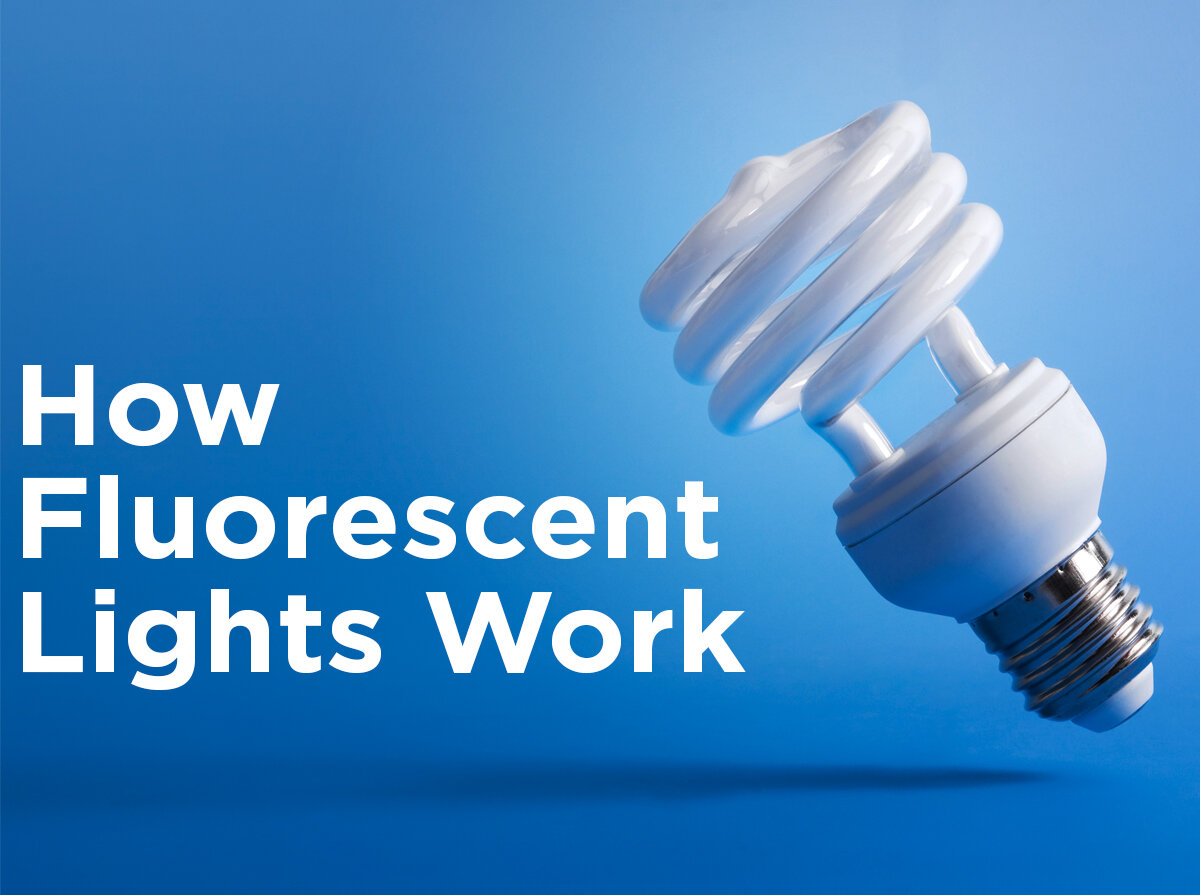Intro to Office Lighting
The average commercial office building uses roughly 30 percent of all energy consumed on lighting, so it’s important to get it right. The right office lighting can give your employees a more comfortable place to work by helping to reduce eye strain and fatigue. These quick tips can help put you and your office on the road to better lighting.
Fluorescent vs LED Lighting in the Workspace
It’s important to figure out what type of lighting you want to use in your office before you can focus on the fixtures and accessories. Fluorescent lighting may be a step up the energy efficiency ladder, but they still can’t beat the savings of LEDs. LED lighting can last years longer than other light sources, consume up to 80 percent less power, and emit a lot less heat, meaning the air conditioning won’t kick on as often. LEDs also have the advantage of more fixture options including the increasingly popular LED panel.
Parabolic vs Indirect
Offices have traditionally used parabolic fixtures for general lighting. This type of fixture shines 90-100 percent of its light, downward. This can make the ceiling and top part of the wall darker than the rest of the room and create a “cave effect.” Indirect fixtures on the other hand shine 90-100 percent of their light upward. This means the light is first reflected off the ceiling or back of the fixture then into the workspace, making the light more evenly distributed. This helps to reduce eye strain, headaches, and fatigue caused by light glare. Indirect lighting gives the illusion of a bigger and brighter room by eliminating the shadows created by parabolic fixtures.
Energy Efficient Motion Sensors
Motion sensors reduce wasted energy by up to 30 percent by turning off the lights when no one is using the space. Less occupied rooms, like restrooms, supply closets, or break rooms, benefit the most from motion sensors. Other spaces, like personal offices and copy rooms, can benefit as well. There are two types of motion sensors: occupancy sensors and vacancy sensors. Learn more about where and when to use each one in our office motion sensor guide.
Task Lighting
OSHA recommends 20 footcandles (20 lumens per square foot) of illumination for an office workspace, but many offices offer ceiling fixtures can emit over 50 footcandles. This overly bright illumination can be the cause of the lighting related ailments previously listed. A good way to combat this is by reducing the overhead lighting, either with dimmer switches or using fewer Lumens for general lighting and equipping individual work stations with task lighting like a desk lamp. This allows employees to use their task lights when needed and eliminates the need for overly bright lights during the rest of the work day.
Recommended Office Color Temperatures
While lower Kelvin color temperatures can be used in offices, the general recommendation is lighting between 4000 Kelvin and 5000 Kelvin. These two color temperatures, cool white and stark white respectively, have been proven in multiple studies to increase productivity in the workplace. For more information on color temperatures, check out our interactive Lighting Guide.
Not sure where to start your office lighting upgrade? Contact our team of lighting experts at 1-800-624-4488 Monday through Friday, 7am to 7pm CST.









